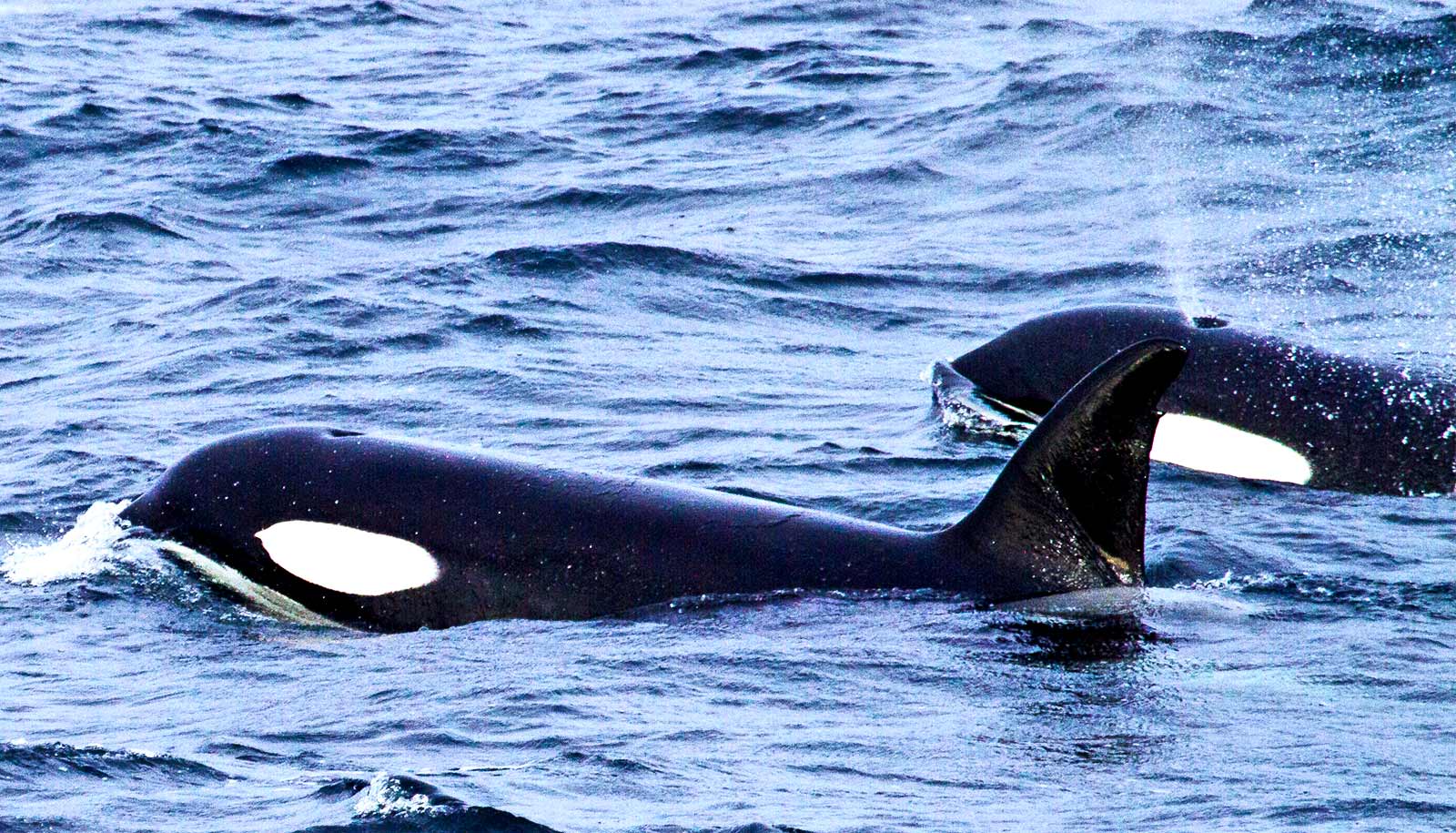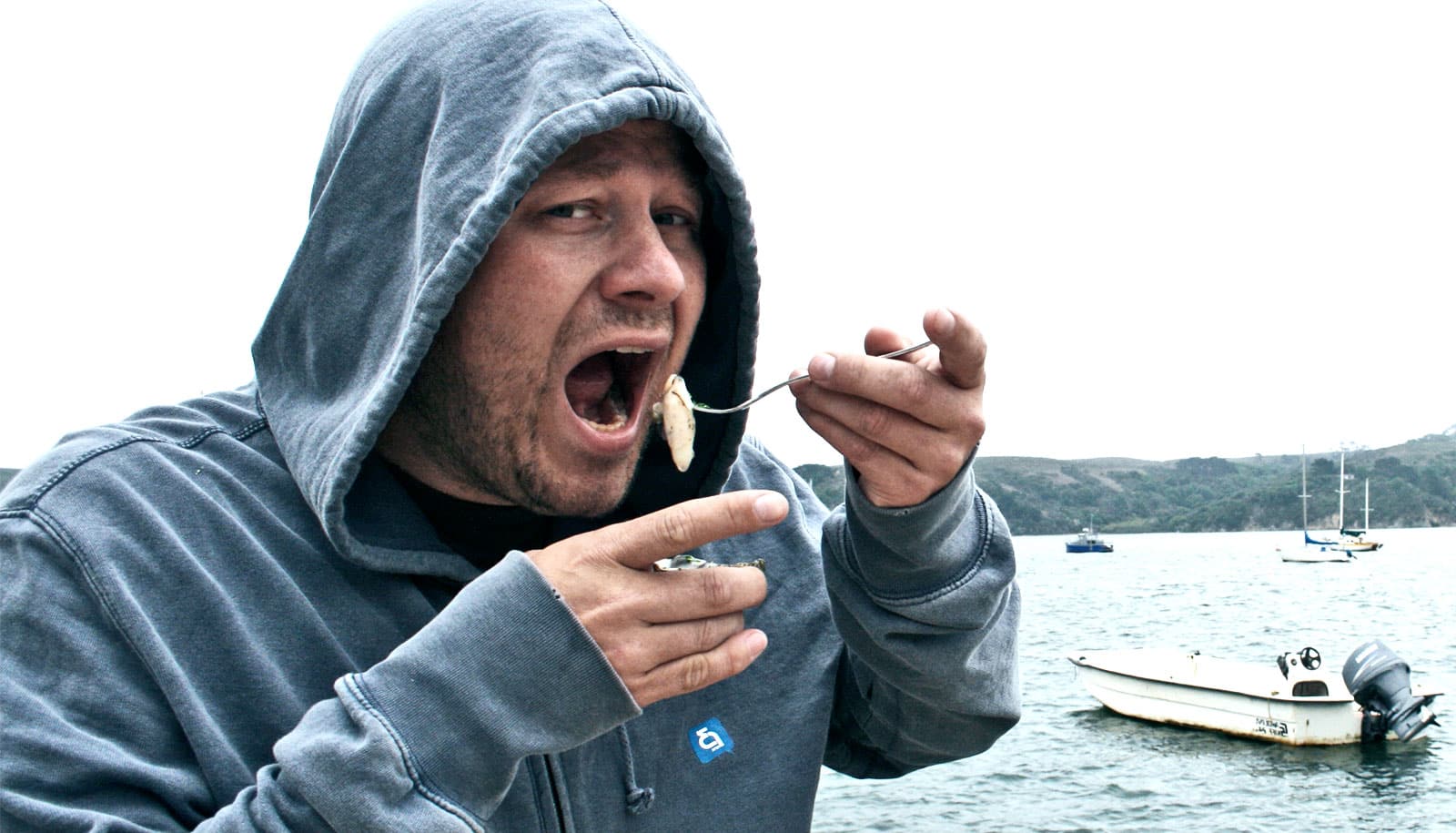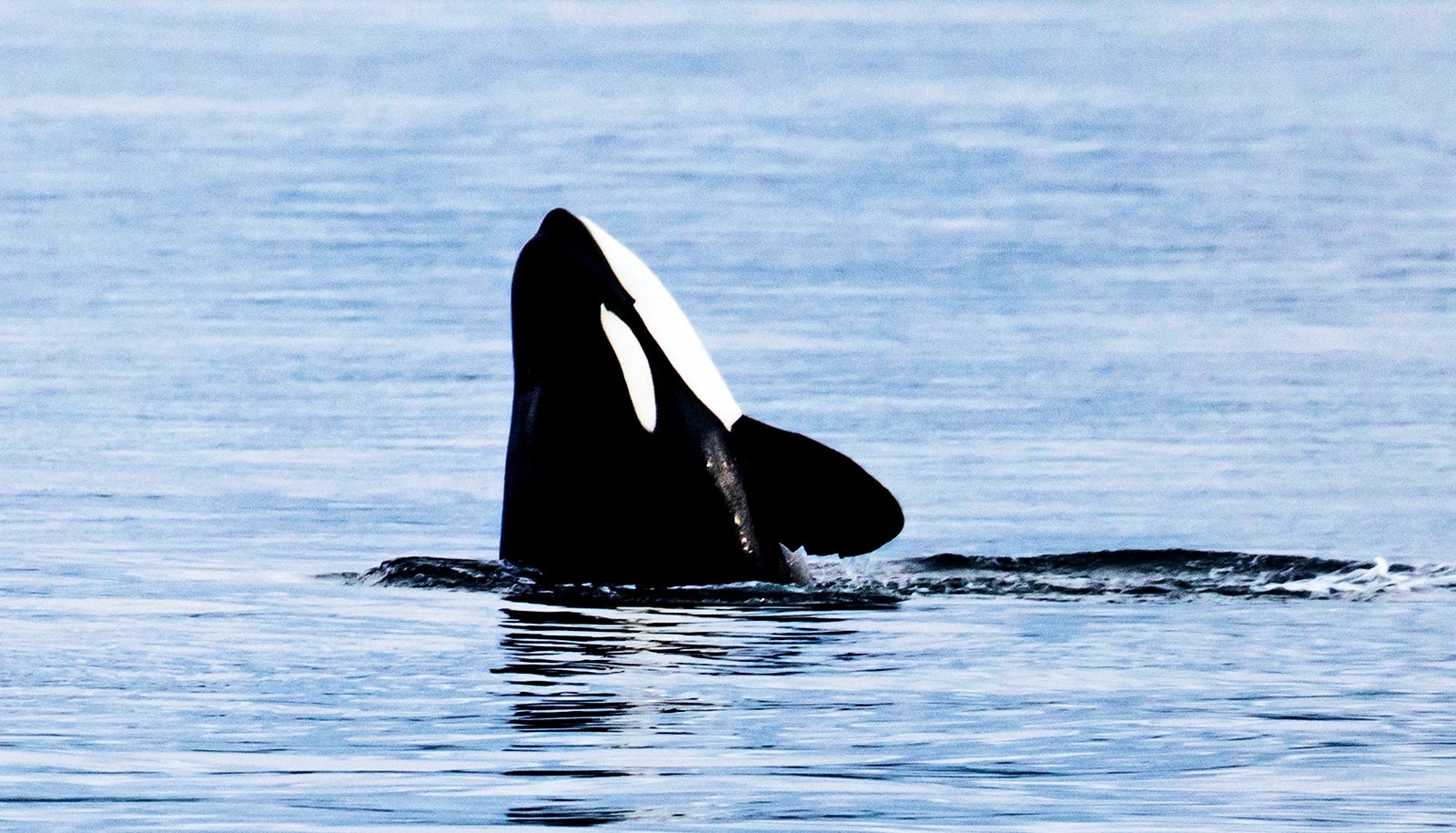Some Icelandic killer whales have very high concentrations of polychlorinated biphenyls in their blubber, according to a new study.
But it seems that other orcas from the same population have levels of polychlorinated biphenyls (PCBs) that are much lower. It mainly depends on what they eat.
PCBs are industrial chemicals banned decades ago, after they were found to affect the health of both humans and wildlife. But because they degrade very slowly after being released in the environment, they still accumulate in the bodies of marine mammals.
After collecting skin and blubber biopsies from 50 orcas in Iceland, the researchers found considerable variation in contaminant concentrations and profiles across the population.
Killer whales that eat a mixed diet of both sea mammals (such as seals, or other marine mammals such as porpoises) and fish (mainly herring) had concentrations of PCBs in their blubber that were up to nine times higher on average than the killer whales that eat mainly fish.
This finding unexpectedly contradicts earlier research that had found relatively low levels of PCBs in Icelandic orcas.
The researchers argue that future assessments of the state of killer whale populations should take into account a factor that has previously been overlooked: the individual variations in food sources that may lead to elevated health risks from PCB exposures for some individuals within populations of the world’s ultimate marine predator.
“Killer whales are the ultimate marine predators and because they are at the top of the food web, they are among the most contaminated animals on the planet,” says senior author Melissa McKinney, an assistant professor in the natural resource sciences department at McGill University and the Canada Research Chair in Ecological Change and Environmental Stressors.
“The concentrations of PCBs that we found in the whales that ate a mixed diet exceeded all known toxicity thresholds and are likely to affect both their immune and reproductive systems, putting their health at risk.”
“The next step for us is to assess the proportion of marine mammals in the diets of these Icelandic and other North Atlantic orcas,” says first author Anaïs Remili, a PhD candidate in the natural resource sciences department.
“We also plan to put together a large dataset of contaminants in orcas across the Atlantic Ocean to contribute to their conservation efforts by quantifying potential health risks.”
The study appears in Environmental Science and Technology. The Canada Research Chairs Program, the Natural Sciences and Engineering Research Council of Canada (NSERC), the Ecotoxicology and Wildlife Health Division of Environment and Climate Change Canada, and the Icelandic Research Fund START Postdoctoral Fellowship funded the work.
Source: McGill University



